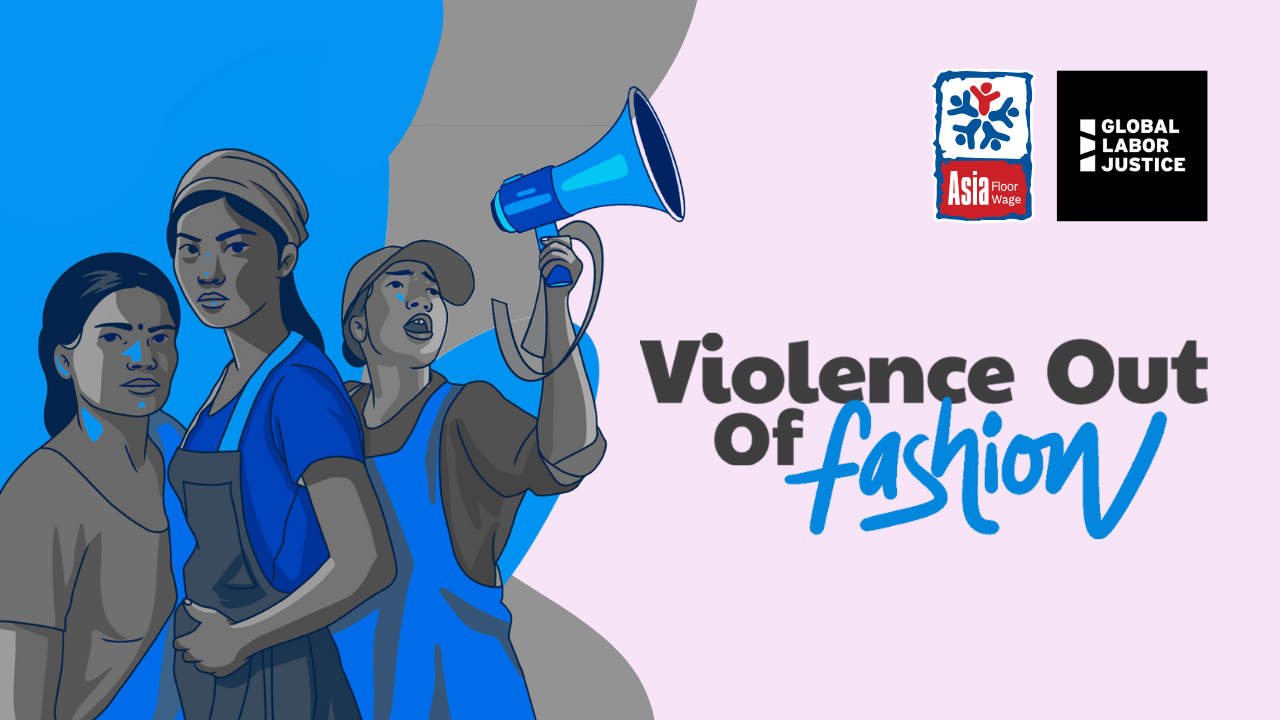SEWW Commitment Framework
Participation in the following Safety Engagement for Women Workers (SEWW) Commitment Framework would move the industry into compliance through a transformative approach to women worker safety and the local implementation of international standards.
The success of the Dindigul Agreement at Eastman Exports has proven that enforceable supply chain agreements led by local unions have the power to effectively address and prevent gender-based violence and harassment (GBVH) at the workplace.
Independent assessments of the Dindigul Agreement demonstrate that workers trust the grievance system established under this model. Workers report and remediate GBVH and various additional workplace issues through union-management dialogue, supported by worker shop floor monitor systems, and with recourse to independent assessors when needed. Most GBVH cases are resolved and remediated within two weeks and many workplace issues are resolved within a day. Building accountability at the workplace fosters a safe environment where women can speak up without fear, addresses issues promptly – including those affecting workflow and operational efficiency – and strengthens labor-management collaboration, benefiting both workers and suppliers.
Women garment workers and their unions are calling for strong and binding agreements to become the industry standard. Global fashion brands and local suppliers must sign on to agreements with labor stakeholders that include these framework essentials:
– Worker Shop Floor Monitor Program:
The designated union(s) will train women worker shop floor monitors, who are unionselected workers who help their co-workers report GBVH occurring on the factory floor and who hold regular meetings with management to resolve systemic issues. Worker Shop Floor Monitors have heightened protections from retaliation.
– Grievance mechanism that includes labor-management dialogue:
The agreement includes a procedure that is timely and incentivizes factory management to resolve issues directly with the union and workers. Workers will have multiple channels for reporting GBVH. If a fair resolution between a union and factory management is not achieved, there will be a fast and fair process to assess if a violation occurred from an independent assessor. Brands will use business leverage to enforce the resolution of any violation. Remedies will ensure that workers are safe from harm, made whole and steps are taken to prevent the violation from recurring.
– Reinforces national and international labor standards and best practices:
International Labor Standards including International Labor Organization Conventions C190, C87, and 98 will be adopted into policy by nominated suppliers and definitions used in all program activities. These will also be reinforced by the structures in the program. The OECD Guidelines for Multinational Enterprises on Responsible Business Conduct and its related garment and footwear sector guidance will also be reflected. Brand participation in the program will satisfy their human rights due diligence responsibilities and provide clear remediation of any risks of forced labor.
– Enable and protect Freedom of Association (FOA):
Local unions lead the implementation of the program and have full protections for and commit to respect freedom of association. This will include protections that prohibit retaliation against any worker for participating in or cooperating with the program.
– Protections against intersectional GBVH:
These critical protections will allow women workers facing multiple forms of discrimination (e.g. on the basis of migration status, national origin, ethnicity, indigeneity, or caste, among others) protected under international human rights law to monitor, remediate, and eliminate these forms of discrimination in the workplace.
– Training of workers, managers, supervisors, drivers, and beyond:
Includes an independent democratic union and gender experts offering the training to assure credibility and centering of worker interests and needs. The training will draw from best practices from unions and women’s organizations including Asia Floor Wage Alliance “Safe Circles” training and women’s empowerment workshops.
– A global dialogue committee of labor stakeholders, brands, and suppliers (i.e. Oversight Committee):
This committee’s primary purpose is to drive forward the goals of the program at a high level and provide a critical link between all stakeholders.
– Business incentives for suppliers and protections for workers (job stability, order volume stability):
Brands collectively leverage their sourcing to build market incentives for participation and implementation of the program. These commitments also ensure that workers’ jobs are protected and stable. Brands make these commitments through contracts with labor signatories to the agreements.
